It’s been a few years now that SEO experts have started sharing knowledge about structured data. Additionally, popular search engines like Google, Yahoo, Bing, and Yandex have collaborated to create a list of standard elements known as Schema markup for indexing websites in their search results.
Majority of the people are not yet clear about what structured data is and how to use it for better Search Engine Optimization of their website. We have compiled a brief guide on structured data and how it can be used to provide better search engine optimization and search engine result appearance to your website.
What is Structured Data?
Structured data is any form of data organized and arranged in a specific set of manner on a webpage. It can be used in various ways like stipulating a Facebook title and description with the use of Open Graph Markup. In the context of SEO, structured data means adding markup or information to provide extra details about the content of the page to the search engines. Using this kind of markups, you can help the search engines to understand the content better. Subsequently, this extra content will add more relevance to search results. It also enhances your website’s ranking on SERP (Search Engine Results Page).
You need to make sure that search engines are able to analyze and understand these mark-ups. There are three types of specific syntaxes and classifications of concepts, linking, and vocabularies. Search Engines only supports these three syntaxes, which are Microdata, JSON-LD, and Microformats. In addition to these syntaxes, there are two vocabularies, Schema.org, and Microformats.org that can be used to share information about the content of your web page.
When it comes to SEO, Schema.org vocabulary is most used for structured data markup. People also use Microformats.org vocabulary for product reviews or sharing location. If you use Schema.org vocabulary then, Microdata format and JSON – LD are the best options to add markup to the content of your website.
How structured data works with SEO?
Structured data allows the search engines to understand the website and its content better. Google and other search engines continue to optimize the algorithms they use to index and display search results in an effort to provide more value to their users. This is where structured data comes in. It provides information to search engines about the type of data available on your web page. While some of this information may not be relevant to search engine results, a change in the search algorithm in the future can make it relevant. At that time, websites already containing this information will have a head start in their search engine optimization efforts.
Google and other search engines continue to enhance their search engine ranking pages with better user experience and navigability. They also fetch information from the website and display it on the search engine ranking pages to provide information faster to their users with minimum number of clicks. They use structured data extensively to do this. These kind of improvements in search engine ranking pages will only increase and structured data will gain more importance for better search engine optimization and click through rates of websites.
Understanding Structured Data with Examples:
Structured data is not visible to an average Internet user. It is hidden in website code. When web experts use structured data standards, search engines like Google and Bing enhance their website ranking and feature their content with various SERP features.
Google shows different types of information on its search engine result page. Some of the information is specifically influenced by structured data present in the web page. Structured data of a website affects Google’s SERP with content features and enriched results features. The content features are shown as separate search results, while the enriched results features enhance the display of the search result with more information.
Content Features:
1. Carousel:
Carousels are the small images that appear with captions on Google SERPs, when people search for something. On clicking any of the small images you will find a separate SERP for that particular search.
2. Featured Snippets:
Featured Snippets are relevant information about the search query with the link to a third-party website. They are not a part of the top ten organic search results on the SERP of Google. Featured snippets are fantastic in increasing your webpage’s click through results since your web page is featured at the very top and has high trust factor being recommended by Google itself.
3. Knowledge Panel:
Knowledge Panels are the relevant search information and images displayed in the form of a panel on the right side of the SERP. It helps the searchers to get the information without clicking on the link. Knowledge Panel mostly includes information about specific categories like stock prices and birthdays of celebrities, etc. Mostly, people use Schema markup to tag this type of information.
Enriched Search Results:
1. Breadcrumbs:
Breadcrumbs specify the position of a particular page of the website on the SERP. It is suitable for mobile phone screens as slug instead of the website URL to specify the page position on the website.
2. Sitelinks:
The links to websites that appear below the featured snippet are Sitelinks. Google displays site links for searches where it feels users may be interested in related information. Having optimized structured data in your web page can get it displayed in these site links to bring more traffic.
3. Sitelinks SearchBox:
Sitelinks Searchbox is almost similar to Sitelinks except that it has a search box below the search result. It appears with branded searches. Sitelinks Searchbox uses Google’s search option and not the website to generate new SERPs.
Google and other search engines will continue to enhance and optimize their search results to provide better user experience. While you may already be actively updating your website for SEO manually or with SEO plugins for WordPress, organizing your website’s structured data will help you stay ahead of competition in terms of search engine optimization in the future. Besides, structured data helps you to increase the visibility of your business by providing better search experience to your customers.
The post The Beginner’s Guide to Structured Data appeared first on Web Design Blog | Magazine for Designers.
via http://bit.ly/2Wwf51B


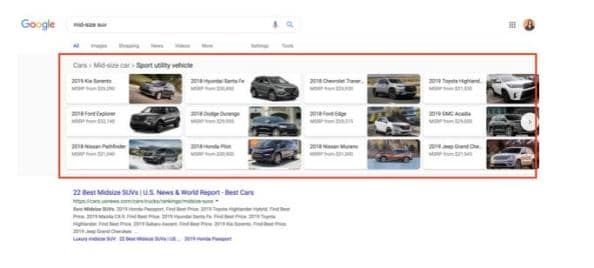
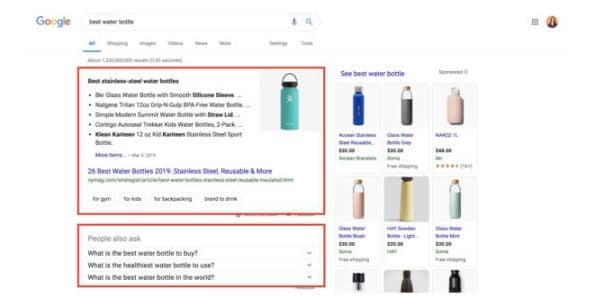
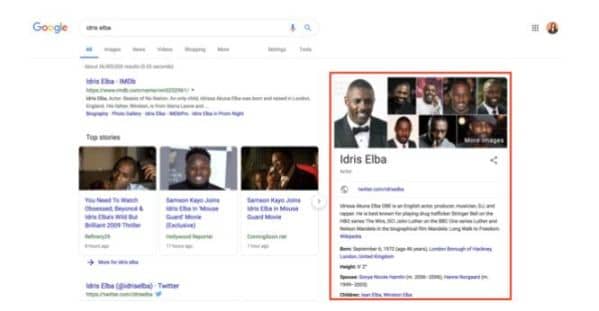
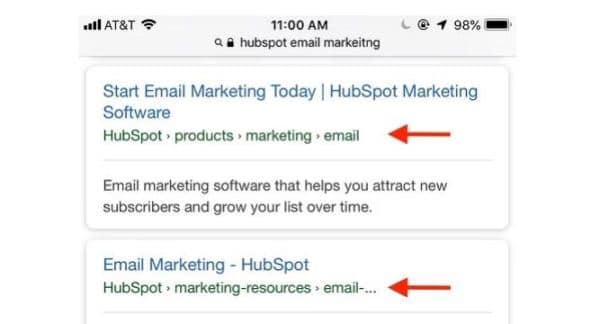
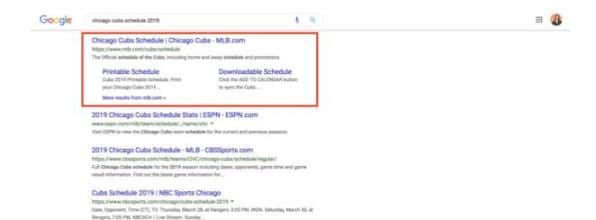


No comments:
Post a Comment